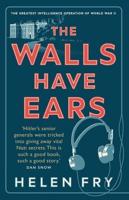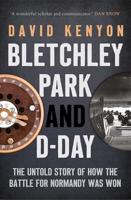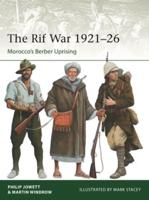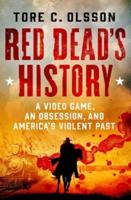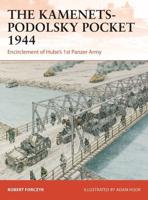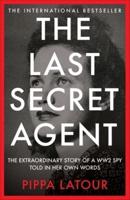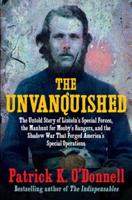Publisher's Synopsis
The Eastern Association is best known for its performance at the battle of Marston Moor and the rise of Oliver Cromwell, but it was so much more. It was one of the most successful Parliamentary armies that served during the First Civil War; firstly having to secure the counties of East Anglia from Royalist sympathisers and then supporting Lord Fairfax's Northern Association in its struggle with Newcastle's Army and the latter's final defeat at the battle of Marston Moor. It then assisted the remains of the Earl of Essex's Army and Sir William Waller's at the second battle of Newbury. Using contemporary and archaeological evidence this book looks at these two battles, as well as Gainsborough and Winceby, and the sieges of Reading, King's Lynn, Lincoln and York. It also looks at the religious and political divisions within the army caused by the Presbyterians and Cromwell's Independent factions which would almost cripple the army in winter of 1644, which would end in a bitter dispute in Parliament, which would eventually lead to the formation of the New Model Army. This book not only looks at the commanders but also the soldiers who served in the army by using their petitions which gives a vivid insight into the campaigns and life as a soldier during the Civil War, and is divided into the following chapters: 1) The First Campaigns; which looks at the campaigns of Lord Grey of Warke, the first commander of the Eastern Association and also the early campaigns of Cromwell; 2) Manchester takes command; which covers the increase in strength of the Association under its new commander the Earl of Manchester and the events leading up to it marching north, including Prince Rupert surprising the besiegers at Newark; 3) The Siege of York; looks at the events of the siege and siege warfare; 4) The battle of Marston Moor; and the surrender of York; 5) Crawford's campaign; which looks at the campaign of Major General Lawrence Crawford after the surrender of York, including the capture of Sheffield; 6) Manchester's campaign; describes his movements from the surrender of York until his uniting with the armies of Essex and Waller at Basingstoke; 7) The second battle of Newbury; Which re-examines the battle and also looks the King return to Newbury and the combined parliamentarian armies refusing to fight 8) The winter of discontent; dispute in Parliament which resulted in the Self Denying Ordinance and the formation of the New Model Army 9) The last campaigns; Cromwell being sent into the West and Crawford being ordered to assist Sir William Brereton and then the disbandment of Association's regiment to form the New Model Army; 10) Conclusion; traces what happened to some of the combatants after the war.11) The appendixes describing the logistics of the Eastern Association, descriptions of the Royalist Colours that were captured at Marston Moor. The discovery of the whereabouts of the correspondence of the Earl of Manchester after they were withdrawn from the then Public Record Office means that this book contains information not used in other books on the campaigns of the Eastern Association, and also the raising of the New Model Army, so is a must for anyone interested in the Civil War.


